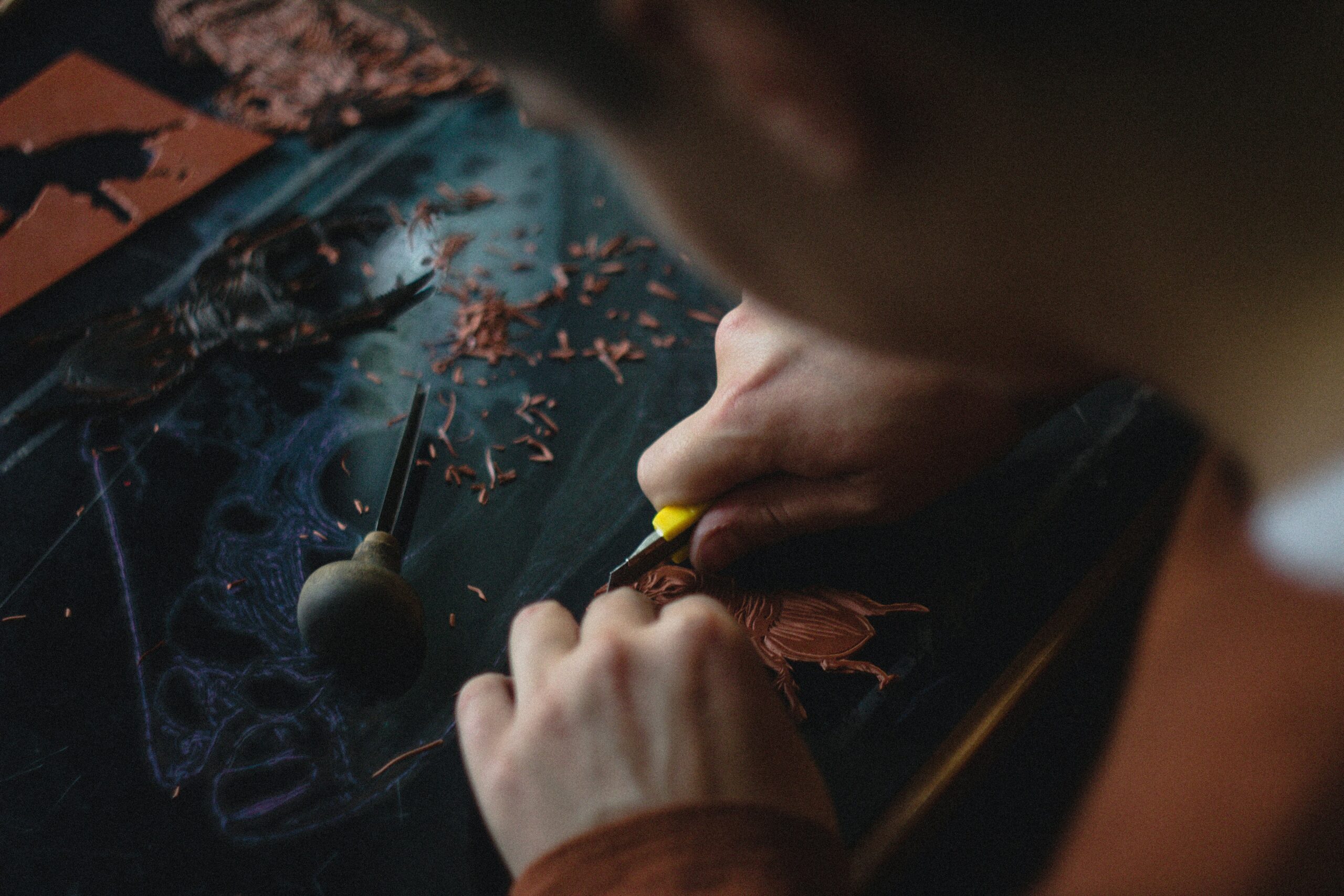
Leather has been a prized material for centuries, known for its durability, versatility, and Luxury appeal. Despite the rise of synthetic alternatives, leather continues to hold a unique place in various industries, from fashion to automotive. In this blog, we will delve into the reasons why leather remains a superior choice and how it can be a sustainable option.
1. Durability and Longevity
One of the most compelling reasons to use leather is its exceptional durability. Unlike synthetic materials, leather can withstand wear and tear over many years. High-quality leather products often become even more appealing with age, developing a patina that adds character. This longevity means fewer replacements and less waste, making leather a practical and economical choice in the long run.
2. Comfort and Breathability
Leather is not only durable but also incredibly comfortable. It has natural breathability, allowing air to pass through and helping to regulate temperature. This is why leather is commonly used in footwear and upholstery. It keeps feet cool and dry and provides a comfortable seating experience in furniture and car interiors.
3. Aesthetic Appeal
The timeless beauty of leather is unmatched. Its natural texture and finish exude luxury and sophistication. Leather products come in a variety of styles, colors, and finishes, making them versatile for any fashion or design preference. Whether it’s a classic leather jacket, a sleek leather sofa, or a stylish handbag, leather adds a touch of elegance to any item.
4. Environmental Sustainability
Contrary to some beliefs, leather can be a sustainable material. When sourced responsibly, leather is a byproduct of the meat industry, meaning it utilizes hides that would otherwise go to waste. Additionally, modern tanning processes have become more eco-friendly, reducing the environmental impact. Choosing vegetable-tanned leather, for instance, ensures minimal use of harmful chemicals.
5. Biodegradability
Unlike synthetic alternatives, which can take centuries to decompose, leather is biodegradable. This means that at the end of its life cycle, leather products will break down naturally, reducing landfill waste. By opting for leather, consumers can make a more environmentally responsible choice.
6. Repairability
Leather is not only long-lasting but also easily repairable. Scratches, scuffs, and minor damages can often be fixed with simple treatments, extending the life of the product even further. This repairability contributes to leather’s sustainability, as it reduces the need for replacements and promotes a culture of reuse.
7. Timeless Investment
Investing in leather products is a decision that pays off over time. While the initial cost might be higher compared to synthetic materials, the longevity and enduring style of leather ensure that it remains valuable for years, if not decades. Leather items often become heirlooms, passed down through generations, a testament to their enduring quality and appeal.
Conclusion
Leather stands out as a superior material for its durability, comfort, aesthetic appeal, and sustainability. By choosing leather, consumers can enjoy high-quality products that last longer, reduce waste, and offer timeless style. When sourced and treated responsibly, leather is not only a luxurious option but also an environmentally conscious one. Embrace the enduring charm and practicality of leather in your lifestyle and make a choice that benefits both you and the planet.

